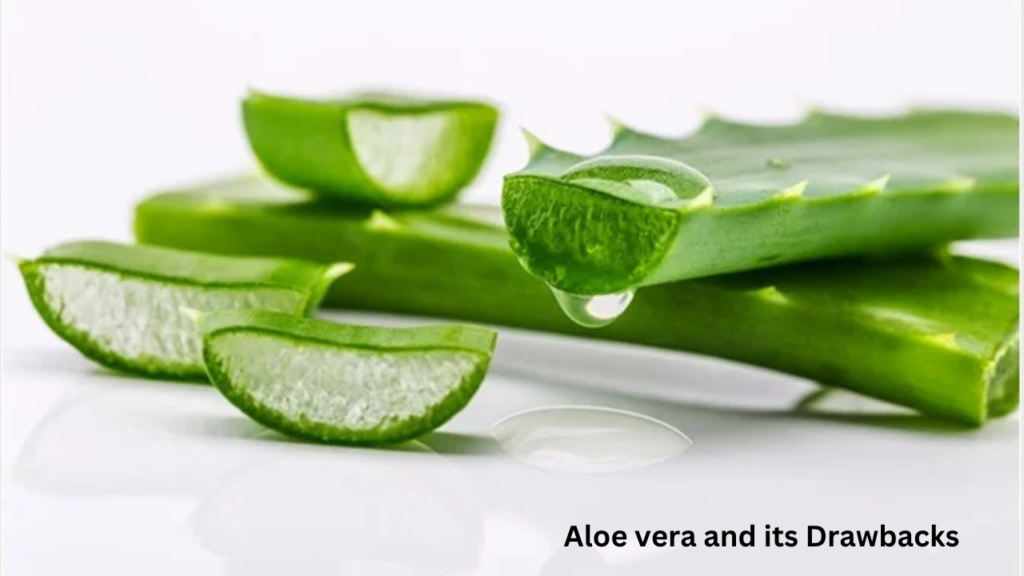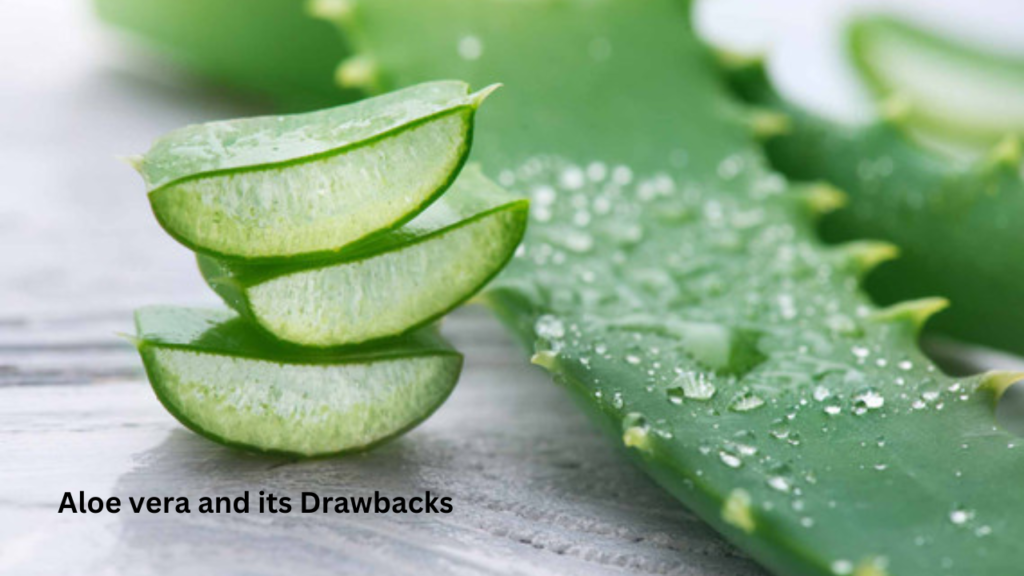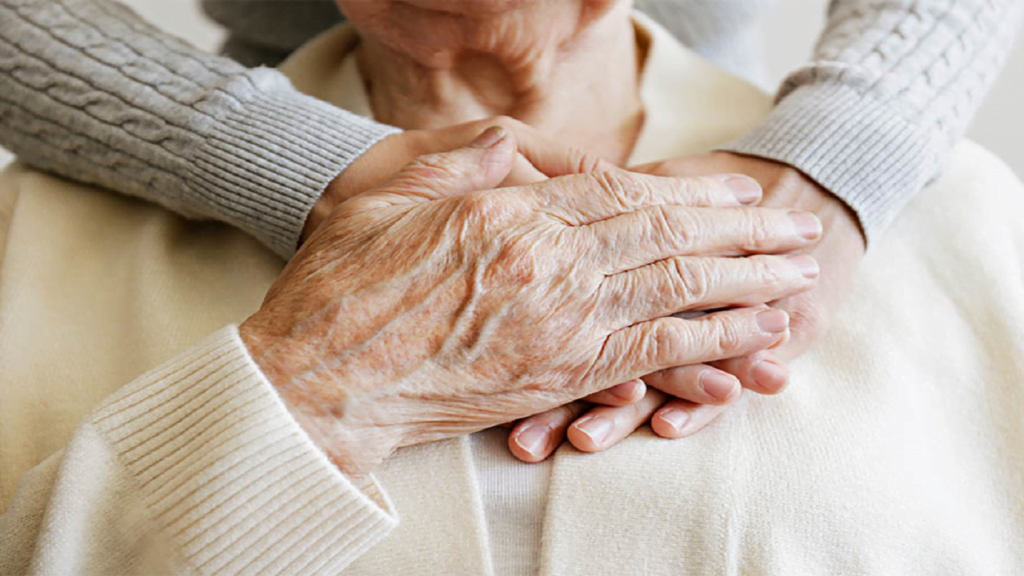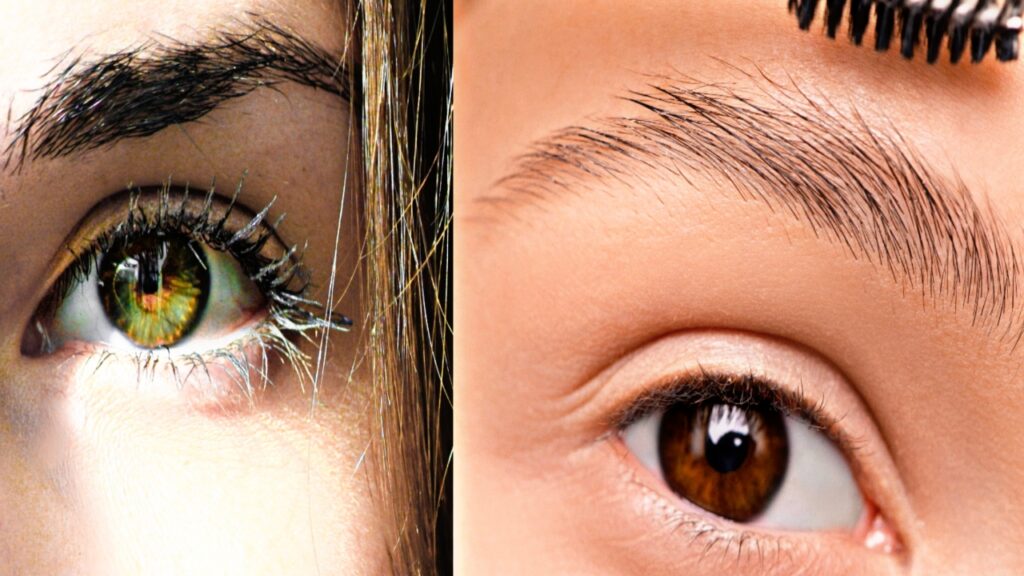Aloe vera is considered beneficial in many ways. Including it in your routine can help solve various skin problems. It’s commonly known as a healing and soothing product, and is a great antioxidant and antibacterial agent.

This is why people use aloe vera to relieve skin issues. It eliminates dryness, keeps the skin moisturized, and helps clear acne. Aloe vera is a powerhouse of nutrients, containing minerals, vitamins, enzymes, amino acids, and active compounds like salicylic acid, which give it medicinal properties. However, like everything, aloe vera has its drawbacks too, though few people are aware of them.
It’s important to be aware of both the benefits and drawbacks of aloe vera before using it. In this article, we’ll discuss some of its potential downsides that everyone should know about. Let’s find out how aloe vera can sometimes cause trouble.
Drawbacks of Aloe Vera
Aloe vera leaves contain latex, which is released from the skin of the plant. This can cause allergic reactions in some people when using the gel.
Aloe vera contains polysaccharides and phenolic chemicals that, when consumed, can lead to diarrhea, hypokalemia, kidney failure, phototoxicity, and hypersensitive reactions.
Recent research by the International Agency for Research on Cancer in mice has shown that aloe vera leaves may have carcinogenic activity.
Pregnant women should avoid using aloe vera orally as it can cause uterine contractions, increasing the risk of miscarriage.
Aloe vera’s laxative effect can cause diarrhea and stomach pain.
Drinking too much aloe vera juice can cause a drop in blood sugar levels.
Excessive intake of aloe vera can also lower potassium levels in the body, leading to slow or irregular heartbeats, fatigue, and weakness.





